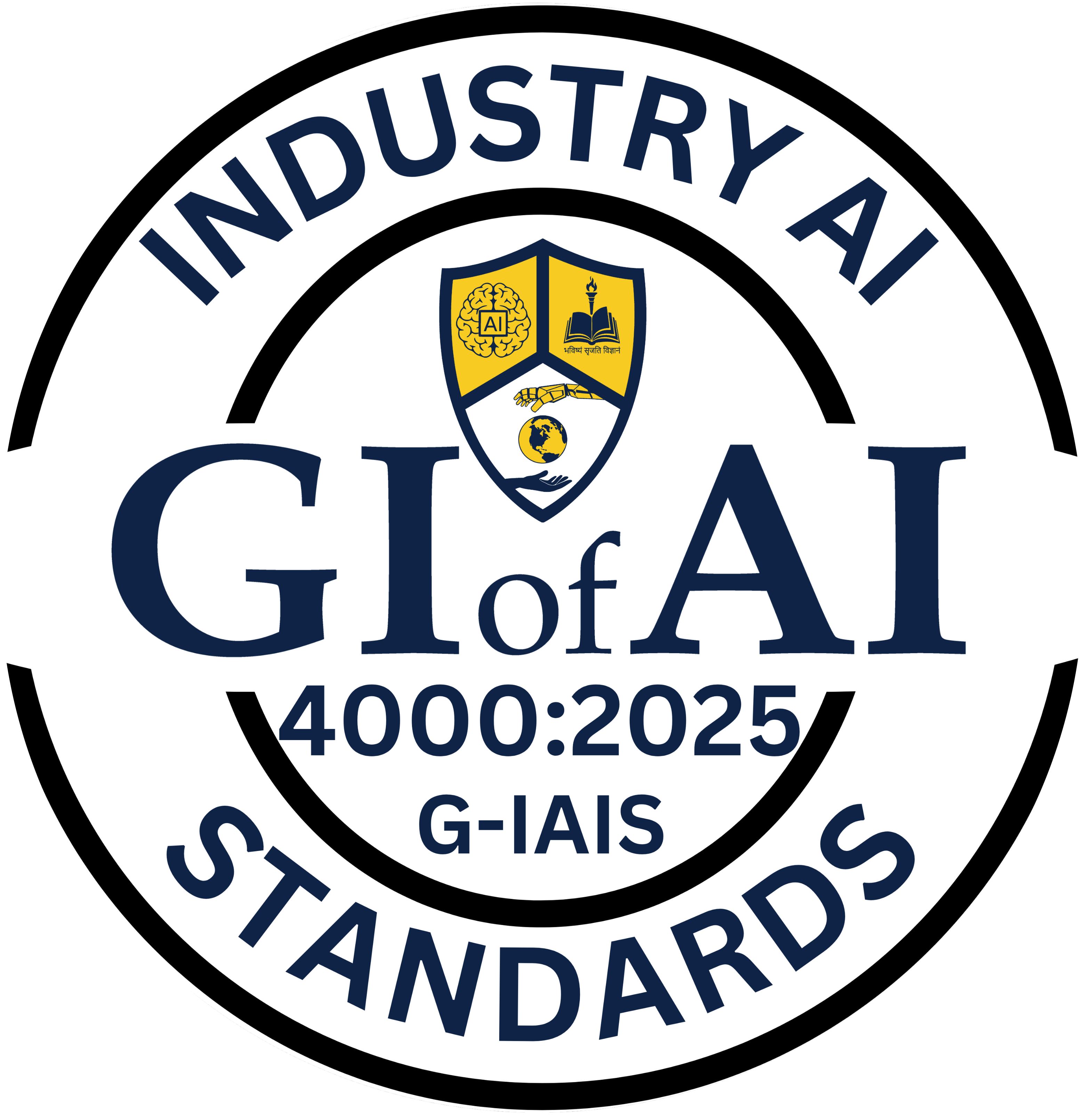What is G-RAIS?
G-RAIS (GlofAI 1000:2025) provides a practical, auditable framework for organisations to ensure AI systems are developed and used in ways that are fair, transparent, and accountable. It sets out principles, required governance practices and evidence expected for conformance.
Why responsible AI matters
Without consistent governance, AI systems can produce unfair outcomes, invade privacy, or create safety and reputational risks. G-RAIS helps organisations reduce those risks, meet regulator expectations, and build public trust.
Key benefits
- Reduced bias & fairer outcomes
- Clear governance & accountability
- Better regulatory readiness and auditability
- Increased stakeholder trust and vendor clarity
Who should use this standard?
G-RAIS is written for organisations of all sizes adopting AI — product teams, risk & compliance, legal, data scientists, procurement, and auditors. It is equally applicable to vendors, system integrators and procuring organisations.
Typical users
- Enterprises deploying AI at scale
- Public sector bodies procuring AI
- Vendors wishing to demonstrate trustworthy AI
Use cases
- AI model procurement & vendor selection
- Internal governance & audit preparation
- Regulatory impact assessment & reporting
Scope & structure
G-RAIS defines requirements and guidance across the AI lifecycle — from problem scoping and data governance through model development, deployment, monitoring and end-of-life. It is structured to be auditable and aligns with other GlofAI standards.
Core clauses
- 1. Introduction & scope (purpose, applicability)
- 2. Governance & accountability (roles, board oversight)
- 3. Ethical principles (fairness, explainability, human oversight)
- 4. Data & dataset management (quality, representativeness, lineage)
- 5. Model lifecycle & validation (testing, bias checks, metrics)
- 6. Security & privacy (data protection, access control)
- 7. Monitoring & incident response (drift detection, complaints)
- 8. Documentation & evidence (audit trail, reporting)
Implementation guidance
The standard includes pragmatic annexes and templates to help implementers accelerate adoption: a readiness checklist, a model-risk register template, sample data lineage table, and audit evidence examples.
Suggested implementation steps
- 1. Run a gap analysis using the G-RAIS readiness checklist.
- 2. Define governance roles and an AI governance board charter.
- 3. Integrate bias & fairness testing into CI/CD for models.
- 4. Establish monitoring dashboards and incident playbooks.
- 5. Conduct internal audits and prepare conformance evidence.
Frequently asked questions
Resources & downloads
- G-RAIS Roadmap (One-Pager) checklist
- G-RAIS self-audit guide pdf
- Audit evidence collection template
- Examples of use cases brief
Get help implementing G-RAIS
We run training, gap assessments and certification readiness workshops tailored to your organisation.



